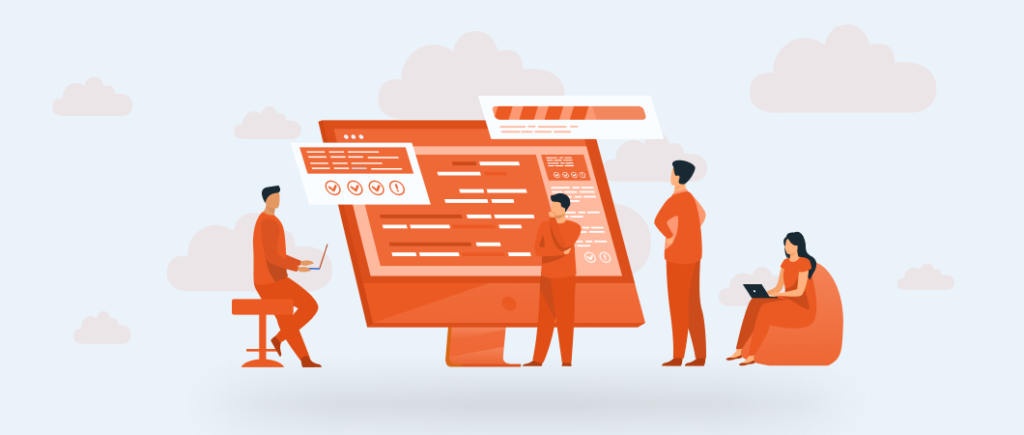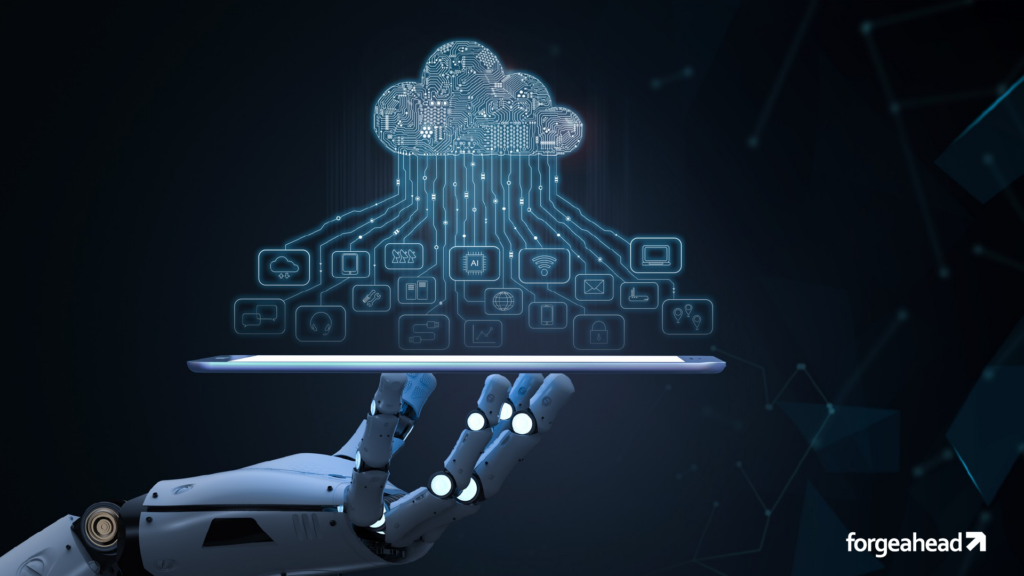Last updated on January 11th, 2024
The past decade has witnessed a transformation of enterprise software, and the rate of change seems to be accelerating!
Change has been a constant in this industry for years now, but something different seems at work now. The ability of enterprise software to drive business outcomes and ensure business continuity has increased. It has made software the backbone of most modern organizations.
Disruption has become the norm amidst constantly evolving customer expectations and an increasingly dynamic business environment. That’s the framework in which software has become the ultimate enabler of productivity and profitability.
The maturing of technologies such as the Cloud has also contributed to the evolution of enterprise products making things like availability and collaboration possible in a global work environment. Let’s take a closer look.
The rise of Cloud
As the Cloud becomes one of the critical technologies driving enterprises, enterprise products must evolve and become cloud-ready naturally. The first wave of enterprise products was made fundamentally for on-prem use. As the cloud-hold strengthened, enterprises could move the products to the Cloud by adopting well-thought-out and thoroughly planned cloud-migration strategies. Enterprises didn’t necessarily need to do a complete or a partial rebuild of these products.
From on-prem to Cloud
As the Cloud strengthened its foothold in the enterprise, we welcomed the age of SaaS products. SaaS products allowed enterprises to leverage new efficiencies and cost advantages of the Cloud. They gave enterprises the power of greater accessibility, perpetual integrations, and easy scalability while ensuring data safety. These products helped them gain a competitive advantage and helped them deliver customer delight to both their internal and external customers.
Building these SaaS products needed special considerations as they require optimization for cloud use. The technology and architecture choices to ensure productivity, availability, and accessibility of these products ensured they were well-suited for the Cloud but, in most cases, unsuited for on-premise use.
Change ahead – again
Technology evolution has become necessary to survive challenging environments, the competition, changing customer demands and expectations, and drive elevated business outcomes. We can recognize that enterprise software evolves simultaneously to accommodate these dynamic shifts if we look closely.
Enterprise software is now on its evolution path again with the surge of digital transformation. Enterprises are gearing up to welcome the Future of Work with hybrid workplaces, gig workers, and geographically displaced teams. To drive this new world, we are moving into the age of cloud-native software.
Cloud-native – the modern way to develop software
The enterprise products landscape now comprises complex applications with users demanding continuous innovation and unparalleled responsiveness. This demand requires business systems to become infinitely flexible, fast-moving, and incredibly agile. These capabilities are delivered to us by cloud-native applications.
Cloud-native products are those software products that are born in the Cloud. Cloud-native products are designed and explicitly architected for a cloud-computing architecture. They are run and hosted on the Cloud and capitalize on the inherent distributed computing characteristic of the cloud software-delivery model. Building products to exploit the elasticity, scalability, resilience, and flexibility of the Cloud are of paramount importance as they give organizations the capacity to run scalable applications in public, private, or hybrid clouds.
Cloud-native products need to be architected, developed, and tested differently to leverage the full benefits of the Cloud. Technologies such as Kubernetes, serverless functions, API’s and containers contribute towards building resilient, manageable, and scalable modern cloud apps quickly and easily. Features such as service meshes, microservices, declarative application programming interfaces (APIs), and loosely coupled systems that are observable, manageable, and resilient ensure that making high-impact changes frequently demands minimal effort.
The cloud-native approach also increases development velocity by reducing developer effort. Operational tasks can be easily looked after by comprehensive cloud tooling and services offered by cloud providers. These applications are designed differently than traditional monolithic cloud-based applications and feature comparatively shorter application development lifecycles.
With cloud-native services, developers get a standards-based platform for building, deploying, and managing cloud-native applications. They also can pay special considerations to nuances such as factoring in redundancy. This becomes important since cloud-native applications may not be running on local infrastructures. Designing these applications with redundancy ensures that applications can automatically withstand equipment failure and easily remap Internet Protocol (IP) addresses automatically.
Unlike cloud-based applications designed to use the cloud and cloud platforms, cloud-native applications are designed specifically for the Cloud. They are optimized to leverage the benefits of the Cloud and are adaptable to suit its dynamic environment.
In Conclusion
The Cloud is becoming more prominent in the enterprise technology toolkit. However, having a cloud-friendly infrastructure is no longer enough, and those organizations who do not maximize their investments by employing cloud-native applications can be at a sharp disadvantage.
In this age of competitive differentiation, cloud-native gives enterprises the capacity to adjust and iterate quickly and improve business value by providing a consistent and secure cloud experience across public, private, and hybrid clouds. Shorter development cycles, automated continuous integration and deployment (CI/CD) tooling, and iterative functional delivery enable enterprises to deliver innovation to customers faster than ever before.
As the software development and technology landscape evolves and changes, developing the capability to build and deliver robust cloud-native applications will influence organizational outcomes. Until the next evolution of enterprise products kicks off, that is!



